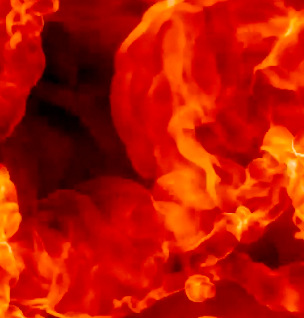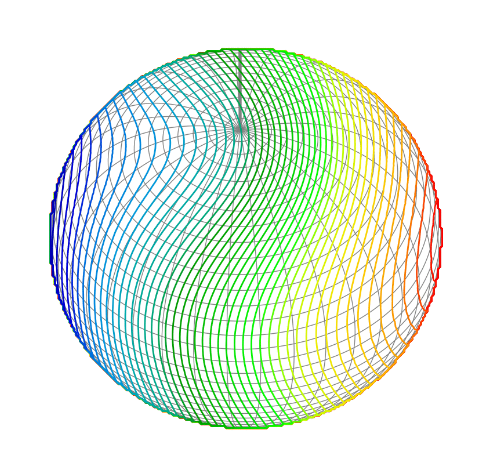Computational Astrophysics

Many areas of astrophysics now rely on computational techniques to study the dynamical evolution of complex physical systems. Computational simulations are required to be both accurate and timely. To keep up with these demands, the field of Computational Astrophysics is committed to constantly extending existing techniques and developing innovative, new approaches to capture ever more complex physics in computer simulations.
In Steward there is cutting edge computational work being undertaken to better understand how galaxies grow and how the large scale structure of the Universe evolves. There are also efforts to understand the heating impact of turbulent flows in several astrophysical contexts, and the radiative transfer near black holes and neutron stars.
Department members have access to the high-performance computer El Gato.
Faculty and Research Staff with a research interest in this area include:
- Dave Arnett - Modeling of turbulent compressible flow
- Ivan Hubeny - Stellar atmospheres and evolution
- Kaitlin Kratter - Hydrodynamics, Planetary dynamics
- Phillip Pinto - N-body simulation algorithm design
- Gurtina Besla - Galactic dynamics, galaxy evolution and cosmology
- Andrew Youdin - Planet Formation, Hydrodynamics and Turbulence
- Chi-kwan (CK) Chan

(Top left) A recent paper on adiabatic heating of isothermal supersonic turbulence during contraction.(Bottom right) A recent paper detailing the observed distribution of temperatures on the surface of a Neutron Star due to its rotation and gravity.

For Public
Public events include our Monday Night Lecture Series, world-reknowned Astronomy Camp and Mt Lemmon Sky Center.

For Students
A good place to start if you want to become an undergrad major or grad student, or need to find our schedule of classes.

For Scientists
Find telescopes and instruments, telescope time applications, staff and mountain contacts, and faculty and staff scientific interests.




